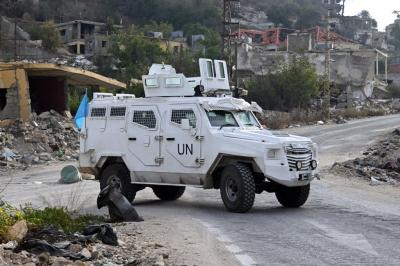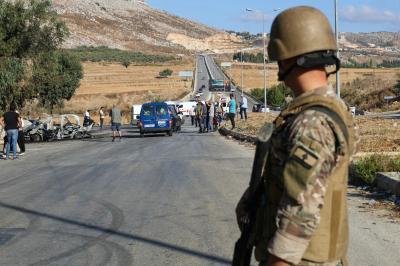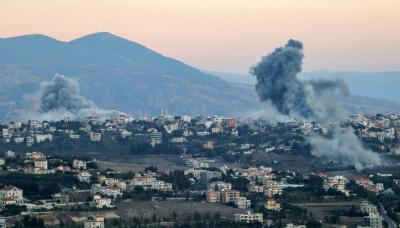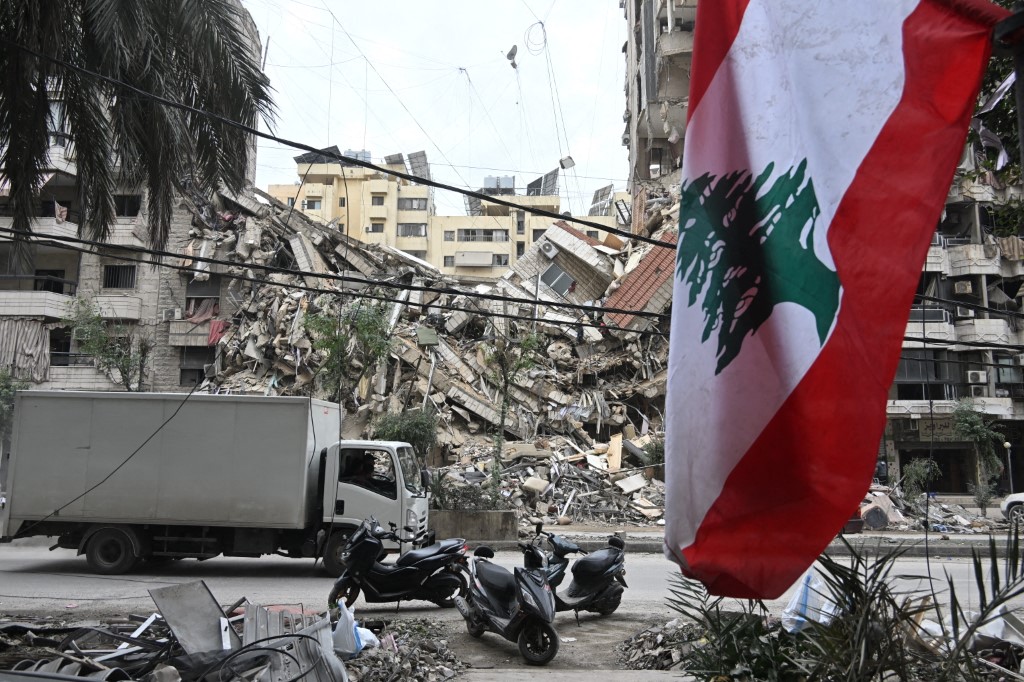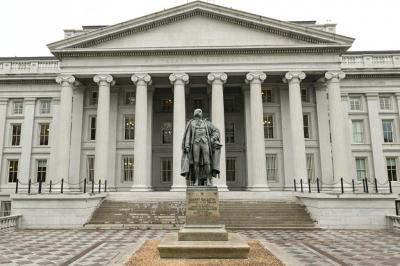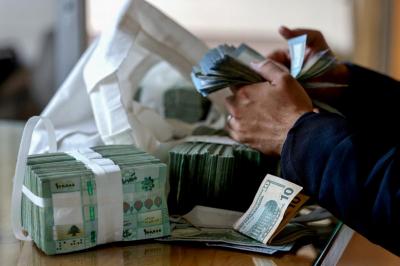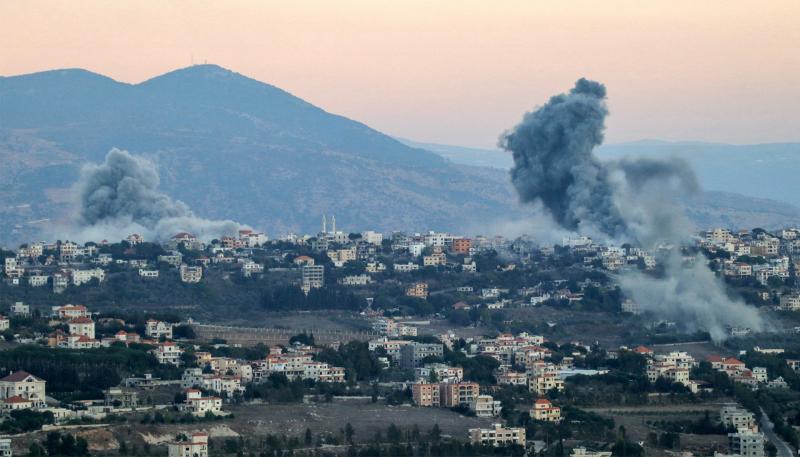The risk of a full-scale confrontation between Israel and “Hezbollah” has reached alarming levels, particularly amid the growing frequency of Israeli attacks on Lebanese territory and the intensification of pre-emptive strikes since the ceasefire agreement of November 2024.
Geopolitical analyses indicate a heightened likelihood of a major war breaking out within the next six months — by mid-2026 — with an estimated probability between 65 and 75 percent. The potential economic and human consequences for Lebanon, already mired in its worst financial crisis since late 2019, could be catastrophic.
Geopolitical Forecasts
According to geopolitical and security studies from the Atlantic Council and the Institute for the Study of War, three possible scenarios could shape political and military developments between Lebanon and Israel until mid-2026:
1. A full-scale war (65–75% probability):
Israel would deliberately and extensively target Lebanon’s infrastructure, including roads, ports, the airport, import routes, and telecommunications networks.
2. A war of attrition (20–30% probability):
This would represent a continuation of the current situation, with intensified airstrikes and targeted assassinations.
3. A diplomatic breakthrough (5–10% probability):
This scenario would involve a voluntary disarmament by Lebanon’s non-state armed groups through successful international mediation.
Analysts justify the high probability of the first scenario based on two fundamentally opposing objectives.
The first is Israel’s determination to forcibly disarm “Hezbollah” in order to ensure the return of residents to northern Israel and to prevent a repeat of the October 7 scenario from the Lebanese side. In diplomatic terms, this translates into the full implementation of UN Resolution 1701 — namely, the disarmament of “Hezbollah” and the complete deployment of the Lebanese Army south of the Litani River.
Since the November 2024 ceasefire, Israel has viewed the agreement as an international license to weaken and destroy “Hezbollah’s” capabilities. This has manifested in its daily violations and airstrikes across southern Lebanon and the Bekaa Valley, signaling a shift away from diplomacy toward sustained military pressure.
Furthermore, Israel considers the Lebanese government to be stalling in executing its plan to confine weapons to the Lebanese Army. Tel Aviv has issued several warnings to Beirut, implying that if the army fails to accelerate the disarmament of “Hezbollah,” Israel will escalate its attacks both in scope and intensity.
The second opposing objective lies in “Hezbollah’s” refusal to disarm as long as Israel continues to occupy Lebanese territory and conduct daily aggressions. While “Hezbollah” has shown restraint since the 2024 agreement, Israel insists that the group is in an advanced stage of rearmament, storing rockets and manufacturing weapons.
Analysts therefore believe that the inevitable clash between Israel’s commitment to pre-emptive strikes and “Hezbollah’s” determination to retain its arms pushes the probability of a large-scale war from being merely possible to nearly certain.
Economic Fallout
The economic outlook under such conditions appears bleak. According to the World Bank figures, Lebanon’s economy suffered over $14 billion in direct and indirect losses as a result of the recent conflict between October 2023 and November 2025. This raises an urgent question: what would the economic cost be under each of the three scenarios?
1. Full-scale war scenario:
The economic impact would be devastating, with GDP expected to contract by 15 to 25 percent in the following year. Infrastructure damage could exceed $25 billion. Financially, remittances and capital inflows would halt, tourism would collapse, and the government would face paralysis due to its inability to collect taxes. International aid and financial support would also cease. Socially, Lebanon would witness mass displacement and an unemployment rate potentially exceeding 65 percent (see Figure 1).
 Figure 1: Projected economic losses under three potential Israeli war scenarios against Lebanon (Source: Our calculations).
Figure 1: Projected economic losses under three potential Israeli war scenarios against Lebanon (Source: Our calculations).
2. War of attrition scenario:
This would lead to worsening economic stagnation, with GDP contraction estimated between 5 and 10 percent. Prolonged airstrikes would further erode already fragile investor confidence, hinder reconstruction financing, and stall negotiations with the International Monetary Fund. The result would be a slow yet crippling economic decline.
3. Diplomatic success scenario:
A successful diplomatic settlement would unlock essential international financial aid and allow the government to implement IMF-required reforms. Consequently, GDP growth could rebound to between 3 and 4 percent.
The Final Equation
Ultimately, Lebanon faces only two alternatives: confrontation or compliance. With most research centers forecasting an almost inevitable clash, the Lebanese authorities must work urgently to prevent war, given the immense risks it poses to both the population and the economy.
Please post your comments on:
[email protected]
 Politics
Politics
